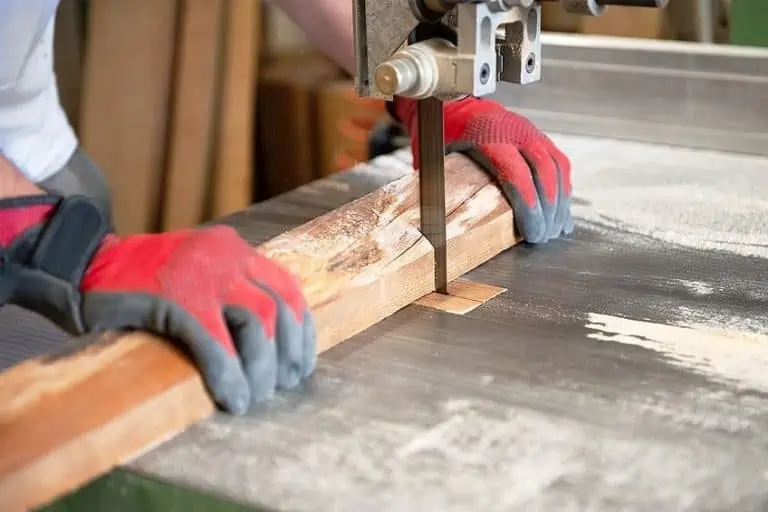What Is Rubberwood? – Why and How to Use Rubberwood
This post may contain affiliate links. We may earn a small commission from purchases made through them, at no additional cost to you.
As we progress through this world that we have developed up to the nines, we have begun to realize the impact we have on the environment, particularly in terms of farming trees for timber to do all sorts of things with. This is not a long-term option, so some bright sparks have set out to find alternatives to using the woods we have become accustomed to. One of these is rubberwood – or parawood. Rubber tree wood has hit the markets like there’s no tomorrow, but what is rubberwood exactly? Today we will be discussing the benefits of using rubber tree wood to make rubberwood furniture like benches, nightstands, and even a rubberwood table. We will include all the rubberwood furniture disadvantages and advantages, like how beneficial the wood is to build with, and discuss further whether rubberwood is toxic or not. We will include what to do with rubberwood solids, as well as how the rubberwood hardness can be used to your advantage.
Table of Contents
Rubberwood Explained
What is rubberwood? If you are still unfamiliar with the term “rubberwood”, then you might be more aware of the alternative term “Parawood”. This is another name for the same rubber tree wood that is poised to replace the consumption of more traditional hardwoods. The rubber tree is indigenous to South America. It grows for about 30 years until it is ready for harvesting. When the rubber tree is about nine years old, it has the latex base taken out. However, it is then left to grow until it is at its full age of 30.

The application of the word rubber to this tree is not descriptive of the quality of the wood that it produces, but rather of the latex rubber that is produced from its sap. The hardness of rubberwood can be quite surprising. Many people assume that this tree produces a soft and spongy wood. However, it is a hardwood from which you can build tables, make flooring out of it, or even use it for construction purposes.
If you would like an idea for what parawood’s tree is similar to, think of maple trees or ash trees, because they both produce the same kind of wood that resembles the rubberwood solids that we are discussing today. Durability, affordability, strength, longevity are some of the advantages you can expect and appreciate by using parawood to make rubberwood furniture. There are a few rubberwood tree disadvantages (but we will get into those a bit later).

A Rubberwood Tree Overview
| Botanical name | Hevea brasiliensis |
| Classification | Type of hardwood |
| Place of Origin | South America (Amazon, Brazil, and Peru). |
| Properties | ● Latex is found in parawood trees ● Indigenous to tropical environments ● Strong material ● Able to support heavy weights ● Does not like the cold ● Huge amounts of H2O needed for the tree to grow fully |
Advantages and Disadvantages of Rubberwood
Rubberwood, like other hardwoods and engineered hardwoods, does have its limitations within specific conditions. Therefore, if all wood were perfect, you probably would not be reading this, and you might not see this article, because not all woods are perfect. If you are curious, take a look at some of the advantages and disadvantages that you can expect from rubber tree wood.
Advantages
As we discussed in a previous paragraph, rubberwood has many advantages when used for furniture design. Here is a short list of some of the best rubberwood properties, which we will discuss in greater detail below:
- Durable
- Not too expensive
- Can be molded to your design
- You can design it the way you want
Affordability
The cost of rubberwood trees is not too high, which means the timber you purchase to build with will not be expensive either. This makes it a popular choice around the world because you can have a decent-looking item of furniture, or even a great living room floor, for a fraction of the cost that oak wood would be sold at. These trees are primarily there for the latex that is extracted from its core, the leftover wood is thought to be the by-product, and is then used for affordable building.
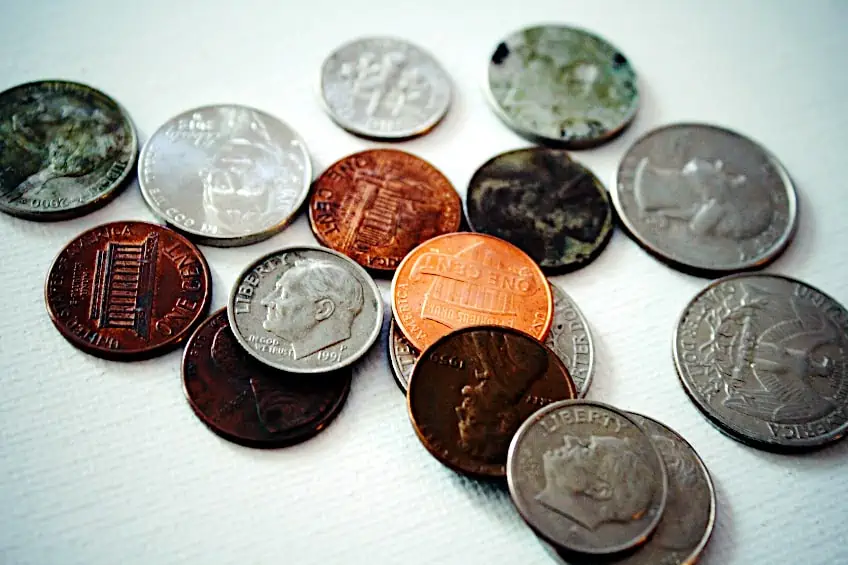
Customizability
The wood is iconic because of how easily you can change it to the design you would like. Its malleability is favored amongst crafters who like to work with wood, and they can make the most intricate designs. Parawood, or rubberwood, is highly susceptible to the staining that you apply after you have built the item, and this will enhance the colors of the wood as well as its unique graining.
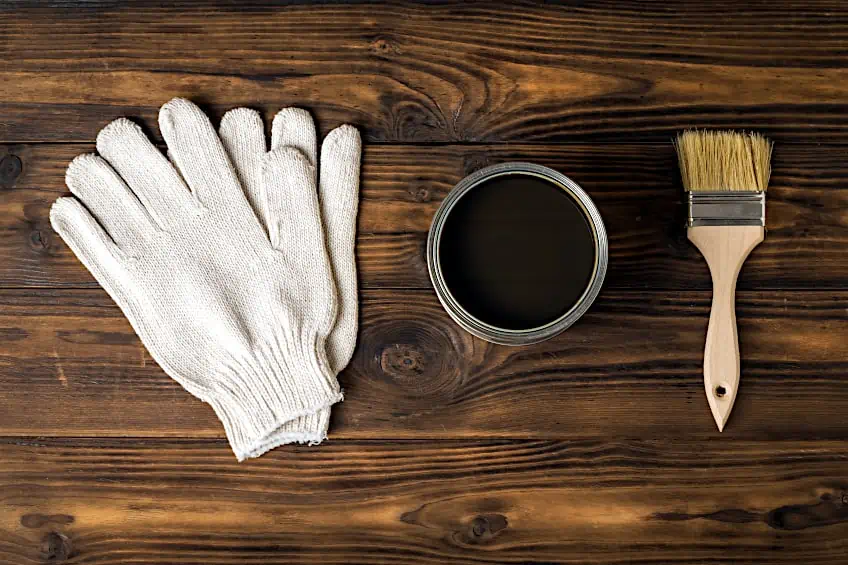
Malleability
Aging the rubberwood trees produces wood that is easily molded to the shape that you want. Whether you need curved planks or intricately designed dressing tables that have carvings etched into them, this wood is suitable for so many different constructions that it is a wonder why more people are not aware of this type of wood.
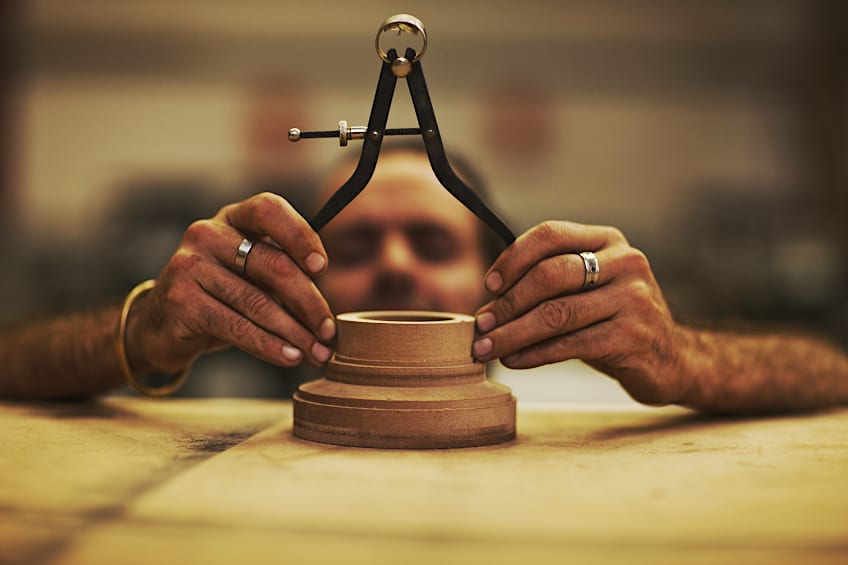
Longevity
Just like oak wood, rubberwood is going to last you a long time, provided that you care for it as you would with other types of hardwoods. Its PSI strength can withstand a large number of people or extremely heavyweights.

Disadvantages
There is no such thing as the perfect material, and like everything, there are a few limitations that you should keep in mind before you start building. This will help you know how to prevent any damages, or general mistakes during the construction process. Here is a summary of the limitations that we will discuss in detail further down in this section.
- Tends to warp
- One should avoid if one has an allergy to latex
- Resists moisture
- Hard to find in some areas of the world
Latex Allergies
Allergies are not a pleasant thing to have, and many trees are the source of irritating itchy eyes, headaches, and even a snotty nose. If you are aware that you are allergic to latex, which is quite a common allergy, then you should avoid using this type of wood for your projects.
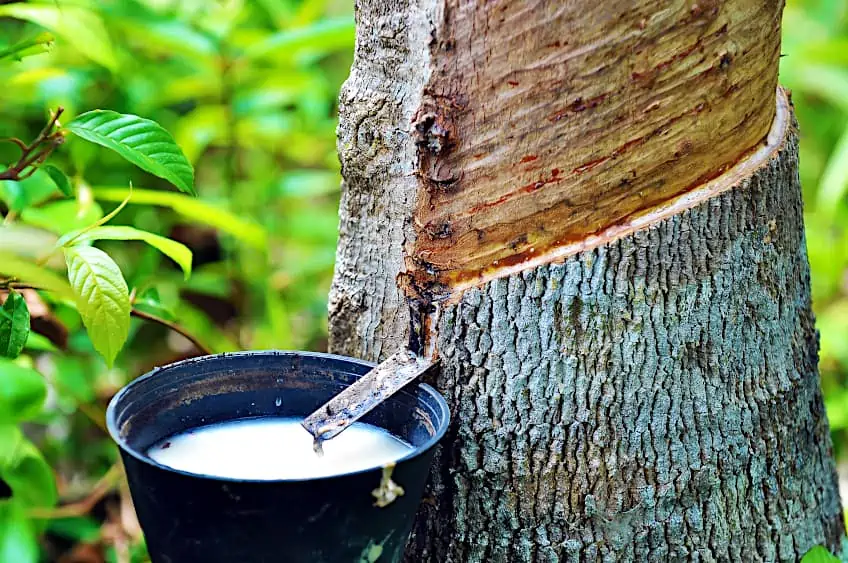
Warping
Once your rubberwood is cut and shaped into its boards and planks, the drying process can commerce. During this time, the wood can easily start to warp, and change shape. This will make the building quite difficult because the sides will not be flush like they are meant to be. You will struggle to align the board and planks, and this might result in you having to make them flush again with some sanding. This will require a power sander because doing it by hand will take too long.

Some manufacturers of rubberwood like to put the wood inside a kiln to dry. Kilns are used generally for pottery so that the clay dries appropriately for it to last longer and break less easily. A kiln for rubberwood will have a similar effect, except this will prevent the wood from warping, or changing shape. The heat is then circulated within the kiln, and they are dried evenly, as opposed to drying unevenly outside a kiln.
One other thing, if you have built a beautiful rocking chair, you might want to reconsider placing it near your fireplace, if that was your intention for it. The heat that will come from the fire is liable to make it warp and change shape. The flames themselves might not damage it too badly, because this wood is quite fire-resistant, but it is the heat that causes problems. The same could be said for a kitchen countertop that sits near your oven.

Hard to Find
Rubberwood is typically not the easiest wood to find in its raw form of boards and blanks. This is because it is used directly from having dried in the factories and made into furniture and sold. If you manage to find the raw material of rubberwood, that is lucky, and you should purchase it immediately.

Resists Moisture
If you are building a floor from your rubberwood, then we advise you to only make your floor inside and not outside. Because the wood is highly resistant to water or liquids in general, it will be very slippery if it rains. On the other hand – this quality makes rubberwood ideal for outdoor furniture.

Can You Consider Rubberwood a Type of Wood?
The question of whether a rubber tree can produce a material that can be classified technically as a real type of wood is asked by many people. There is a metric scale by which most woods are compared to determine the legitimacy of the wood, is it real wood or not? The fact that rubberwood hardness is quite phenomenal because the wood’s name has the word rubber in it, the rubberwood solid properties are what make this tree a “real tree” that produces “real wood”.
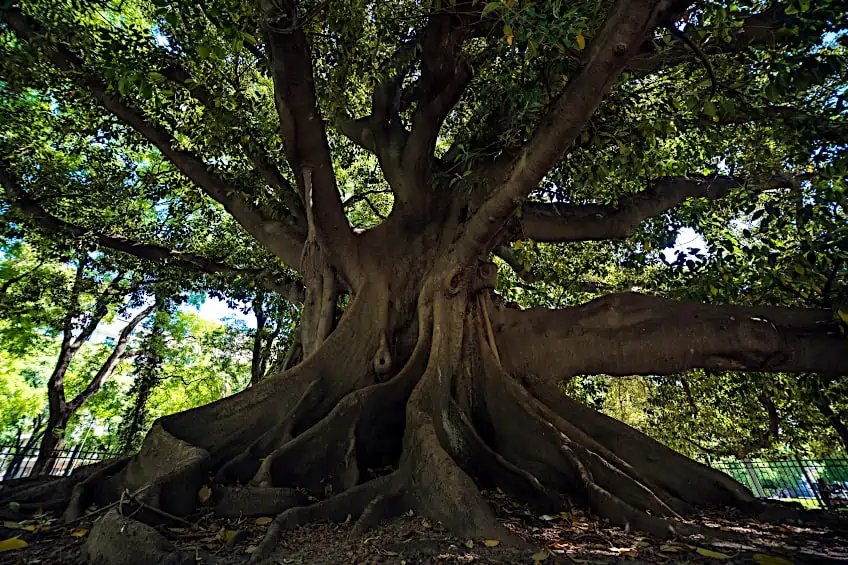
Oak and Maple trees might be the more popular version to use for building furniture or floors with, but rubber tree wood is unique in terms of its coloring, grain, and texture. This is mostly because there is latex inside the heartwood of the tree, which is left there for about nine years before it is extracted. This changes the face of the wood, giving it that unique appearance. The aesthetic is not easily reproduced in other woods at all. There are a lot of wrong ideas about this wood (no thanks to its name), but it is quite an advantageous wood to build with.
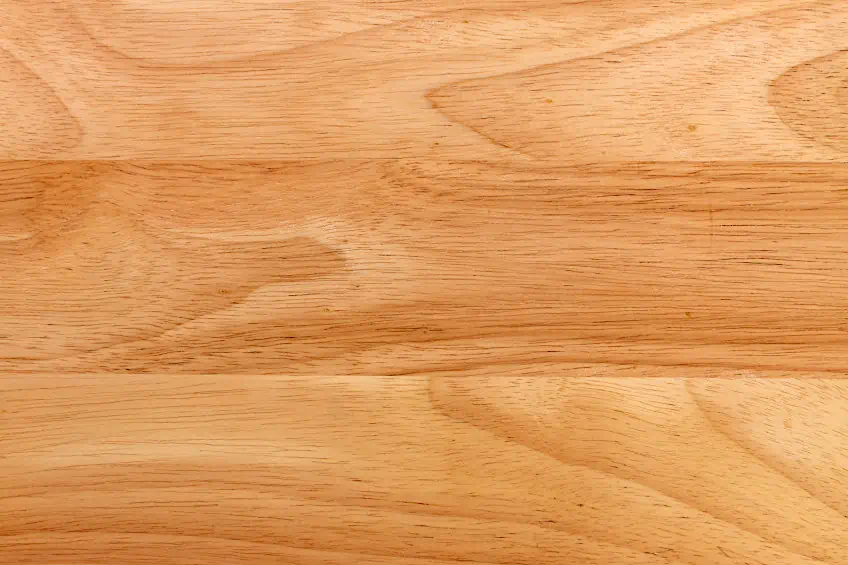
There might be a few rubberwood furniture disadvantages, but its tensile strength is not one of them. You may have been led to believe that it is a cheaper version, but you are sorely mistaken. Where the price might be lower than the old oak tree furniture, the tensile strength of the rubberwood tree is 9500PSI, and that can hold about five adult men and women. So the name is not worthy of the rubberwood hardness, but at least now you can properly appreciate the strength and longevity of the wood.

Rubberwood solids are also used for purposes other than directly building with solid wood. It can also be ground into particles (which are made by grinding up the rubberwood solids) and can be engineered to create a wooden board of sorts, similar to dry wood or plywood. The impressive nature of the rubberwood tree is already there, so imagine what you could create when you add a little bit of construction science into the mix.

Reasons for Using Rubberwood
There are many excellent qualities about rubberwood that many industries value above all, therefore it should not be surprising that rubberwood is used to manufacture several products in a wide range of industries internationally. In light of this, let us take a look at some of the applications that this hardwood is used for.
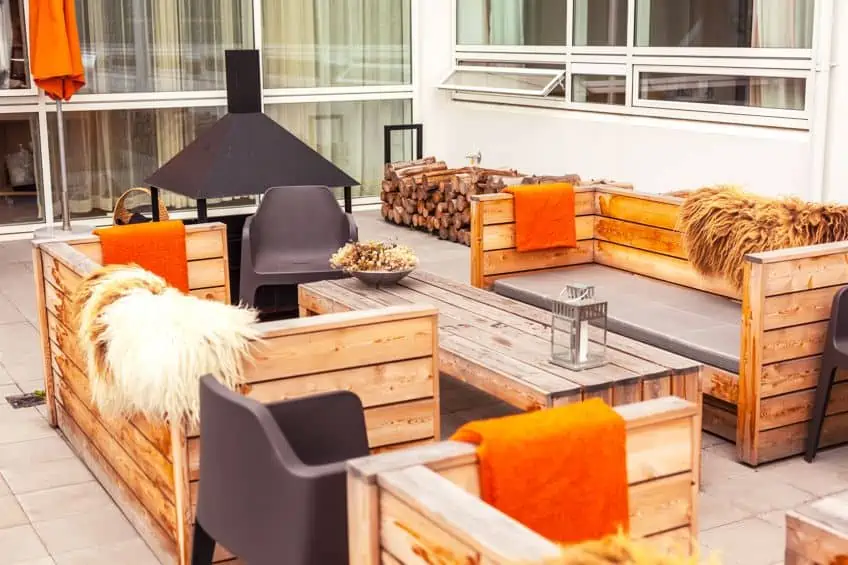
Furniture
There are a lot of different types of furniture that can be made with rubberwood. To name some of them, countertops, rubberwood tables and chairs, floors, ceilings, and so much more. A large part of its popularity comes from the fact that it can be easily shaped. The simplicity of the rubberwood grain varies from other types of hardwood trees. Therefore, it is not the easiest wood to cut and produce, making it ideally suited to making things like tables and chairs, and you will not have to worry about the heating process that other hardwoods require. The benefit of this is that you will also not have to deal with fighting the grain to achieve your desired shape when cutting intricate shapes such as boutique furniture.

Floors
Rubberwood hardness is one of the surprising, yet most beneficial aspects of the wood type. It is perfect to be used for the floors in your home, or in a business of any sort. You could even run an extremely busy restaurant that experiences a lot of foot traffic all day, every day, but the parawood will withstand all the pressure and high heels. It is an affordable type of wood, so you will not be breaking the bank, even if the floor space is quite large, not like the cost of oak wood.
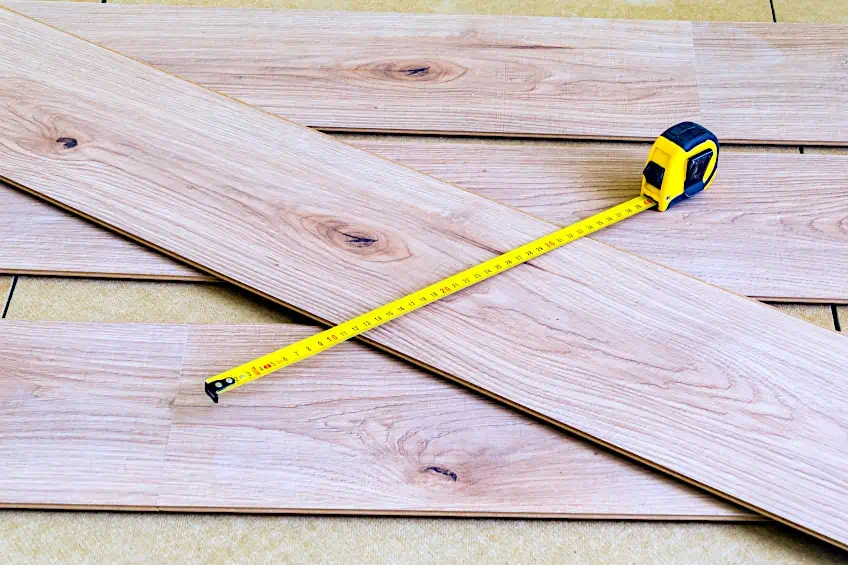
By the time that rubberwood is used for its purpose, there might still be some latex found inside the wood. This is usually drained from the tree at nine years old, but realistically there will be some leftover. This might add some softness to the wood, so when it is used for flooring you might experience the softness we speak of. However, the fact that there is minimal maintenance required once you have finished building your flooring makes up for this ten-fold.
Beds
Have you taken a look at your bed recently? Of course, you are typically so tired from the busy lifestyles that we all live that you might not even notice anything besides the softness of your pillows, but we urge you to take a look the next time you plop yourself down, to see what type of wood was used to construct your bed, because, more than likely, it was made with rubberwood. This wood can make single, double, queen-sized, and even a bunk bed for your kids (or hostel dorms), and because of the PSI strength, it can support up to two people, and possibly more.

Rubberwood is unique because it is malleable, so you can easily carve some beautifully intricate designs into the wood to embellish the frame of your bed. You might as well just make your bedside tables from the same wood, and repeat the pattern you carved so that you have a matching set for your room, symmetry is key for a good night’s rest!
Craft Work
We have spoken of the rubberwood hardness, and how this makes it able to be used for multiple projects and builds, from floors to furniture. But, generally, rubberwood is the least disappointing when it comes to crafting pretty much anything you set your mind to. It is more than likely that compressed wood or engineered wood is difficult to work with when designing things such as small wooden cabinets or dressing tables, especially in smaller pieces for the legs of the furniture item you are building. Thankfully, rubberwood’s grain is simple, so you will not have to worry about this. The malleability and flexibility of rubberwood make it the ideal candidate for both large-scale projects and smaller projects.

Rubberwood is particularly well-suited for those uniquely designed shelves. Do you know those bee-hive-shaped shelves that we are so familiar with on Pinterest? Yes, you can construct that and other less intensive items using the wood from rubber trees.
Rubberwood Furniture Maintenance
You know the advantages and disadvantages of rubberwood, and perhaps you have decided to use it to make some pieces of furniture. Now, you need to know how to maintain your rubberwood in the best condition so that your pieces last for a long time and continue to look crisp and neat.
Staining Rubberwood
Some wood crafters are not particularly fond of working with rubberwood. This is because they are under the impression that stains will not take easily to the surface of rubberwood. If you are familiar with wood and all of its characteristics, then you will know that the tree’s wood has a grain that is tightly condensed. When you apply the stain, it might appear to be blotchy, or it may give off a splatter effect. This is usually what deters crafters from working with this wood because it will give off a false impression that you crafted it poorly, especially for those that do not have any experience with wood at all, and are unfamiliar with the properties of rubberwood.

If you understand that characteristic, then you might learn how to properly apply a stain so that it does not splatter and ruin the smooth appeal. Ideally, you want to highlight the natural aesthetic of the grain, and not hide it behind messy blotches. To prevent said blotches, we advise you to keep to light stains and steer clear of the darker ones.
If you are not interested in the beautiful effects that the wood has within itself, naturally, then you do not necessarily have to stain the wood. A clear coat of varnish can do the trick just as well! The protection that varnish includes is very strong, so no moisture, sunlight, or grease will be a risk of damaging the wood after the varnish has been applied. It will also keep the wood in optimal condition for longer, so you will not have to worry about fixing anything for a while after. Varnish does contain chemicals that have high levels of VOCs, which are volatile organic compounds. These are toxic substances that you should not breathe in, so make sure there is sufficient airflow.
How Do You Clean Rubberwood Furniture?
This is an essential part of this tutorial, so before you yawn, bored from the idea of this section’s topic, we urge you to read it through thoroughly because the cleaning of your wood is unavoidable, but you would not want to ruin all your hard work in creating the furniture by cleaning it the wrong way and causing damages. Rubberwood is not like other woods, and in the case of cleaning it, there are some tips that we have to share with you that will keep your wooden furniture in its best condition.

When cleaning some woods, the idea is to lather it up with ample water that is infused with soap. When it comes to cleaning rubberwood, you should dip a cloth that is made of microfiber material into the lukewarm soapy water that you have prepared beforehand, and then ring out the excess water because you do not want too much water. Rubberwood is highly absorbent, and this will cause more warping, which we are trying to avoid. Once your cloth is damp with lukewarm water and soap, you can wipe down the surface of the wood.
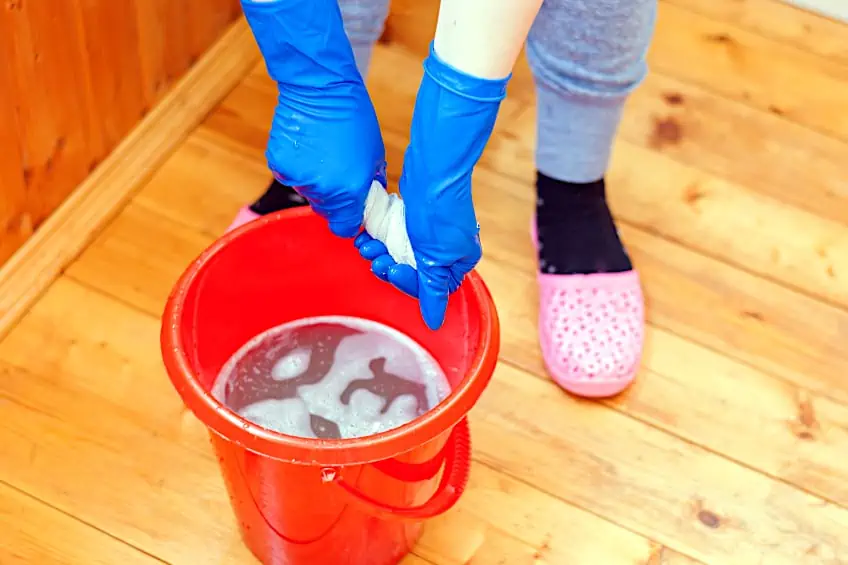
If you are not satisfied with the results, you may have to repeat this process a few times, but make sure that you do not over-saturate the cloth or the wood because the warping is not conducive to building as the sides will no longer be flush.
How Toxic Is Rubberwood?
In terms of whether rubberwood is toxic or not, you will be glad to know that the wood itself is generally free of toxins, but, as with most commercial tree farming, there is a high incentive to grow huge amounts of trees as quickly as possible, and this is not only bad for the environment because of the deforestation that takes place to make space for the farms, but chemical fertilizers and pesticides are used in abundance, which are harmful to our environment, the animals that reside within those environments, as well as our health. This is why it is important to buy wood from sustainable sources.

As we have mentioned, the parawood trees are predominantly there for the latex that is found at the core of each tree. This latex is extracted to create plastics and even paints. If you are aware of any latex allergies in your family, this type of wood might not be the best idea to bring into your workshop. You might need to forgo the rubberwood table and use another type of wood. Other than these reasons, rubberwood trees are not toxic, and you can enjoy the process of building with them.
What is rubberwood? In conclusion, rubberwood is a type of hardwood that comes from a tree known as Parawood. The hardness of rubberwood is remarkable, considering its name and affordability. The question of whether or not rubberwood is toxic is an easy one to answer: you can rest assured that it is not! You can enjoy working with this type of wood for many different purposes, so once you have your idea, and you got some rubberwood, you can get down with your tools, and just enjoy the construction.
Frequently asked Questions
What Is the Quality of Rubberwood?
The quality of rubberwood is quite high, contrary to some beliefs. The name is misleading, and you might think that it is an engineered wood that is softer than oak, but it is a hardwood that is of high quality.
Can You Sand Rubberwood?
Sanding is always a necessity when you are building with wood, and when it comes to working with rubberwood, sanding must be done. Just like with any other wood, before you apply any stain, prime, or paint, it needs to be sanded. This enables the surface to hold onto the stain or paint better than it would without sanding. It provides a textured surface that has more grip.
How Solid Is Rubberwood?
The name, rubberwood, might lead you into thinking that the wood the tree produces is quite soft or spongy (as the material we know as rubber), but this could not be further from the truth. In classification terms, rubberwood is actually extremely strong, even stronger than many coniferous species of tree. Rubberwood is about as solid as teak or walnut wood, but still softer than oak.







